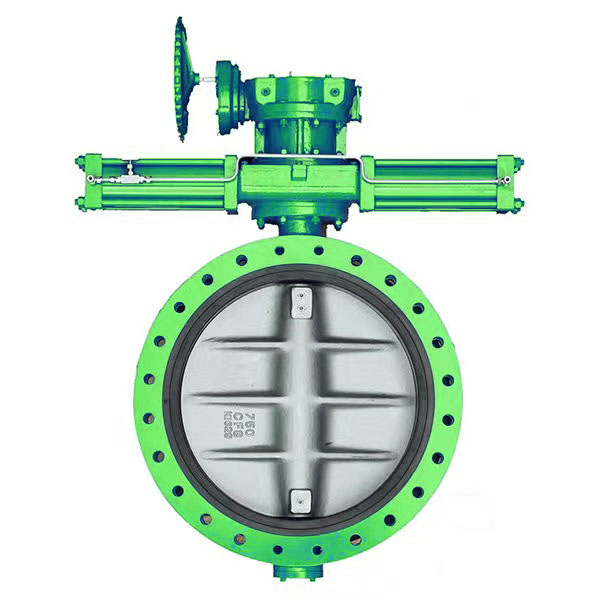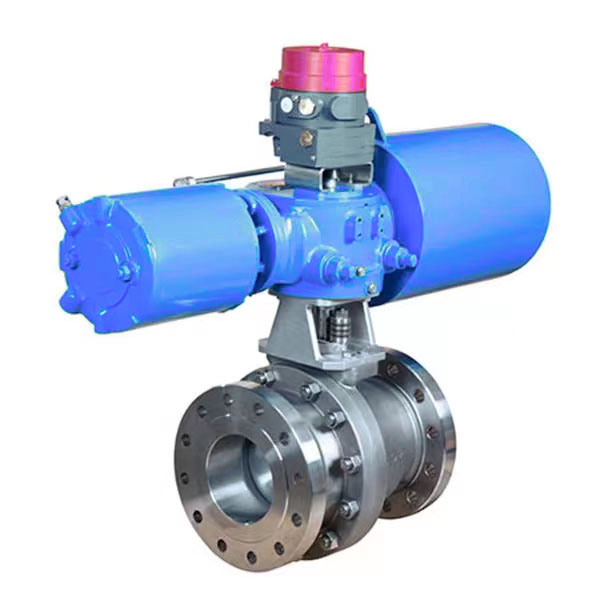Valve
Control Valves
A control valve is a valve used to control fluid flow by varying the size of the flow passage as directed by a signal from a controller. This enables the direct control of flow rate and the consequential control of process quantities such as pressure, temperature, and liquid level.
Butterfly Valves
A successor to traditional gate valve technologies — which were heavy, difficult to install and did not provide the tight shutoff required to prevent emissions and production inefficiencies -butterfly valves were developed in 1950 as a smaller, lighter alternative that would effectively address leakage issues.
The butterfly valve gets its name from how the movement is similar to a wing for flight. The rod is analogous to a butterfly’s body, while the disc moves like a butterfly wing. A butterfly valve’s motion is similar to that of a butterfly that has landed with the wings moved up and down with a 90-degree motion. it is a family of quarter-turn rotational motion valves that are used in pipelines to shut-off flow.
Ball Valves
A ball valve is a shut off valve that controls the flow of a liquid or gas by means of a rotary ball having a bore. By rotating the ball a quarter turn (90 degrees) around its axis, the medium can flow through or is blocked.
Ball valves are incredibly robust valves and great for applications where a simple on/off action is needed. They’re durable and maintain their ability to perform consistently after many cycles. Additionally, they have excellent reliability and close securely even after long periods of disuse. Flow rate can also be controlled by partially opening or closing the valve to various degrees. These qualities make them an excellent choice for shutoff and control applications over gate and globe style valves.
Special
Our company specializes in the design of corresponding instruments and valves for users’ special working conditions.
If you have any questions in this respect, please contact us.




